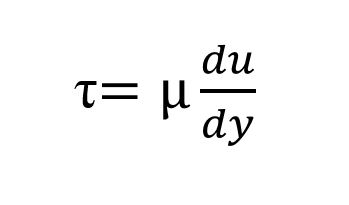
The flow characteristics of these differ from those of Newtonian fluids (i.e. Most drilling muds are either colloids or emulsions which behave as plastic or non-Newtonian fluids. The more the mud gels during shutdown periods, the more pump pressure will be required to initiate circulation again. An initial 10-second gel and a 10-minute gel strength measurement give an indication of the amount of gellation that will occur after circulation ceased and the mud remains static. The Gel strength is a function of the inter-particle forces. The Baroid Rheometer is also used to determine the Gel strength, in lb/100 sq. = 300 RPM Reading - Plastic Viscosity (B) GEL STRENGTH: Theory Apparent Viscosity (in centipoise-cp):Īpparent Viscosity = ja = 600 RPM Reading

Plastic Viscosity = j p = 600 RPM reading - 300 RPM ReadingĢ. Wait for the dial reading to stabilize (the time depends on the sample's characteristics).Stir the sample for about 5 seconds at 600 RPM, then select the RPM desired for the best.Turn the knurled knob between the rear support posts to raise or lower the rotor sleeve until it is immersed in the sample to the scribed line.Place a recently agitated sample in the cup, tilt back the upper housing of the rheometer, locate the cup under the sleeve (the pins on the bottom of the cup fit into the holes in the base plate), and lower the upper housing to its normal position.
#APPARENT VISCOSITY FORMULA MANUAL#
Figure 2.2: Variable Speed RheometerĪdditionally, the same switch set to the VAR position enables speed selection of between 3 and 625 RPM, by manual adjustment of the variable knob. It has fixed speeds of 3 (GEL), 100, 200, 300 and 600 RPM that are switch selectable with the RPM knob. The Baroid ( Model 286) Rheometer is a coaxial cylindrical rotational viscometer, used to determine single or multi-point viscosities. drilling muds, colloids, etc.įigure 2.1: Flow Curves of Newtonian and non-Newtonian Fluidsįigure 2.1: Flow Curves of Newtonian and non-Newtonian Fluids Test Equipment

This information is important in the design of circulating systems required to accomplish certain desired objectives in drilling operations. help determine how this fluid will flow under a variety of different conditions. Certain rheologic measurements made on fluids, such as viscosity, gel strength, etc. Rheology refers to the deformation and flow behavior of all forms of matter. Viscosity, Gel Strength and Yield Point Introduction


 0 kommentar(er)
0 kommentar(er)
